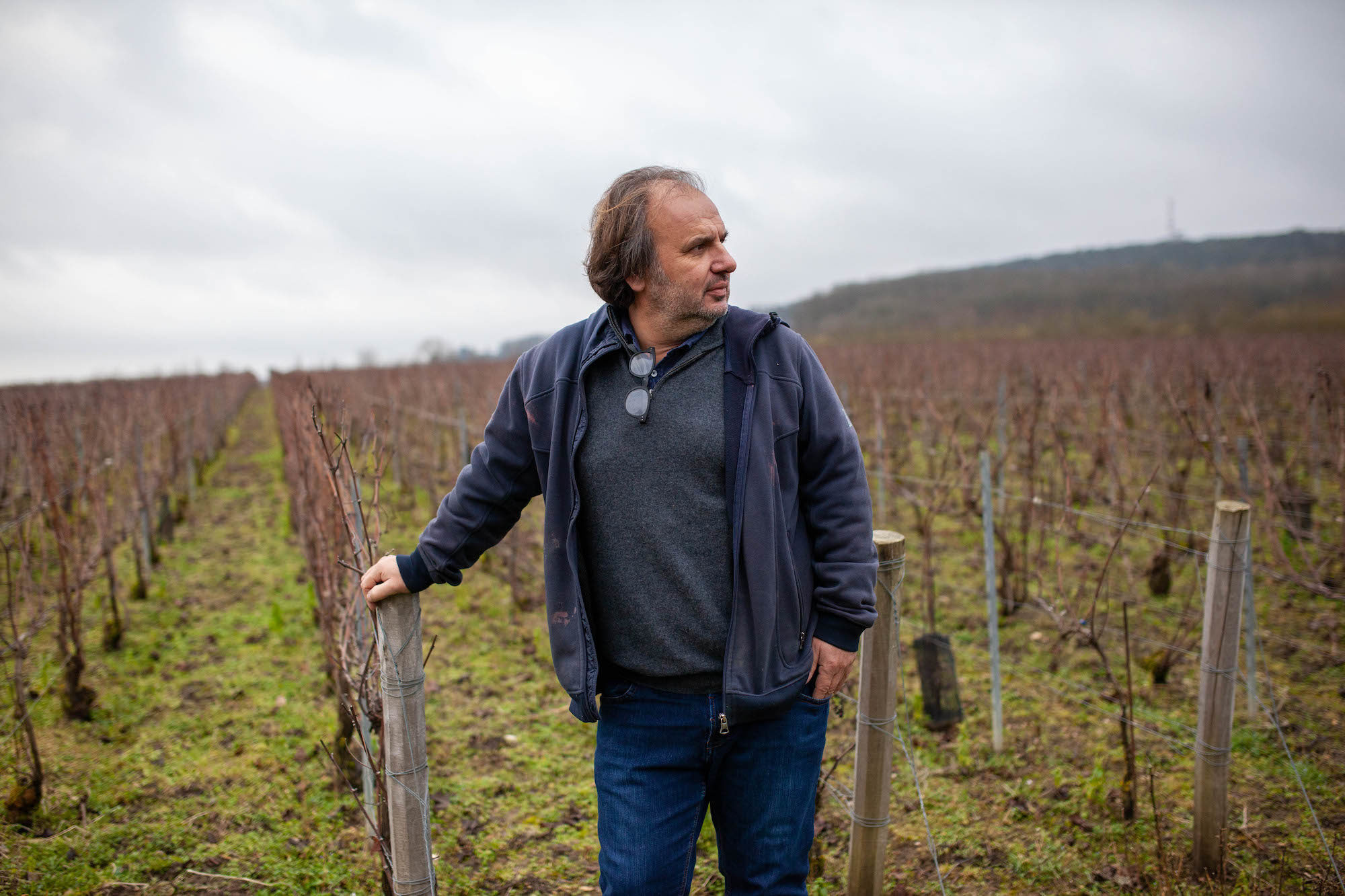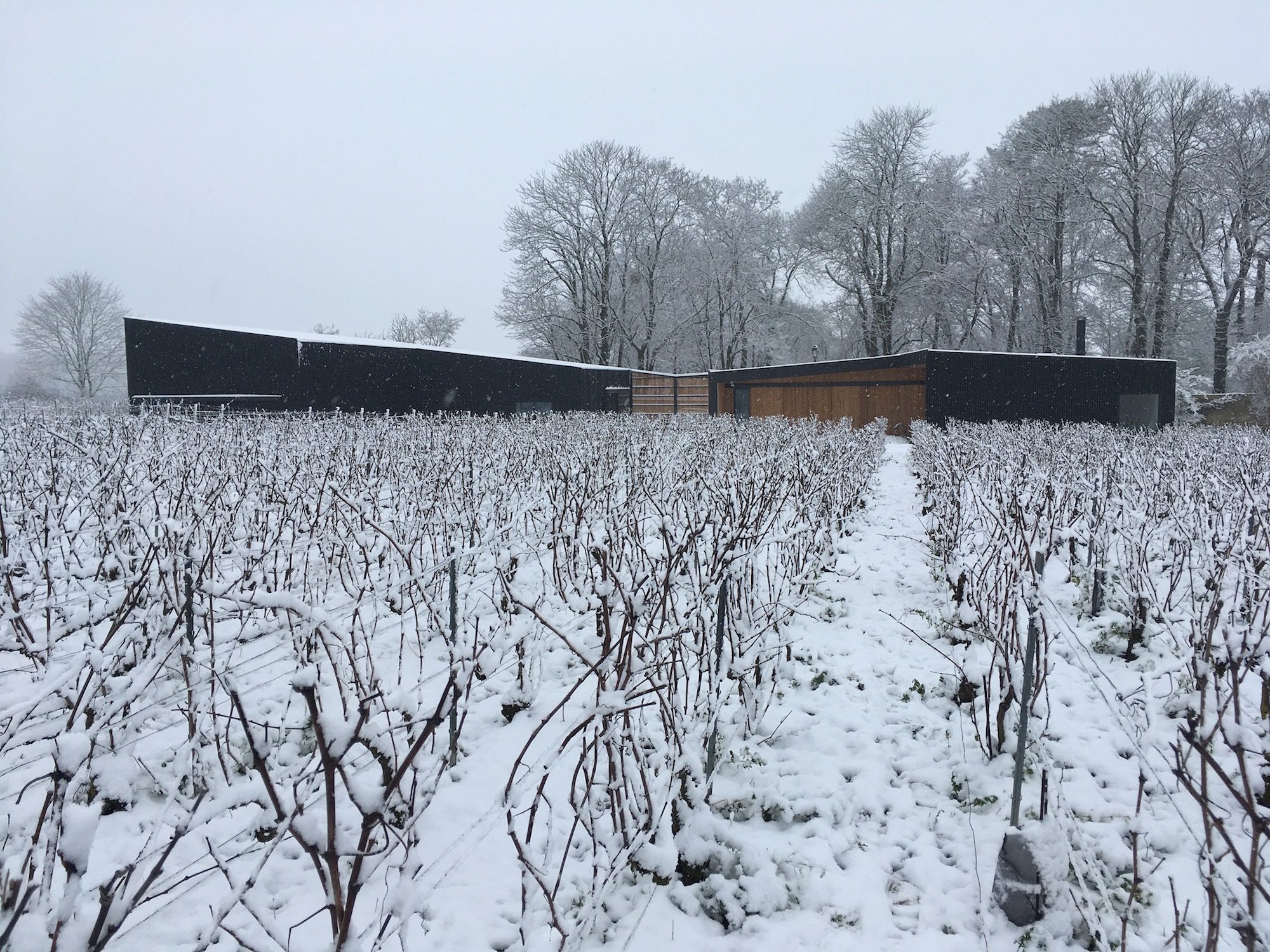La Closerie (Jérôme Prévost)
Champagne / France

At A Glance
Winemaker(s)
Jérôme PrévostAppellation
Champagne (Montagne de Reims)Varieties
Pinot MeunierTheir Story
La Closerie was established in 1987 as Jérôme Prévost inherited approximately 2 hectares of pinot meunier vines in the village of Gueux, just west of Reims, from his maternal grandmother. He tributes his grandmother for giving him “the taste of the beautiful and requirement for integrity” as he took great joy in farming the vines with love and care. Like his grandmother, Jérôme continued to sell the meunier grapes to the négoce until 1998 when his friend, Anselme Selosse, convinced him to stop selling his grapes and to begin making his own wine. Anselme even offered up a corner of his cave to Jérôme, which was used to vinify and produce La Closerie’s Les Béguines cuvée until 2002. In 2003, Jérôme began producing his wines in Gueux and in 2007, Jérôme produced his second wine, a rosé he named Fac-Simile. He produces his rosé by adding approximately 13 percent still wine which he produces from a small section of Les Béguines that is affected with a virus called court-noué which concentrates the juice within the surviving grapes.
Lieu-dit Les Béguines is 2 hectares of pinot meunier planted in 1964 at a density of 8,333 to 10,000 plants per hectare by sélection massale. In 2000, Jérôme planted an additional 0.20 hectare plot, which is co-planted to pinot meunier, chardonnay, and pinot gris. The vines are planted in a unique sandy soil comprised of a mix of sand, limestone, and chalk with marine fossils leftover from when this area was once the seabed. The vines are worked by hand without the use of insecticides or herbicides.
In the cellar, Jérôme calls his winemaking style “lazy” as fermentation occurs naturally and the wine rests for 10 months in a combination of 225, 228, 400, 500, and 600 liter barrels. He stresses to us the emphasis on the harvest date and harvesting at optimal maturity being more important than any technique in the cellar. Malolactic fermentation may occur but is never forced and only indigenous yeasts are used. Bottling occurs slowly by gravity in July witout fining, filtering or cold stabilization. All bottles are disgorged extra-brut at one time in October of the following year with 2.5 grams per liter of dosage.
Current Releases

Discover More Producers From Champagne
